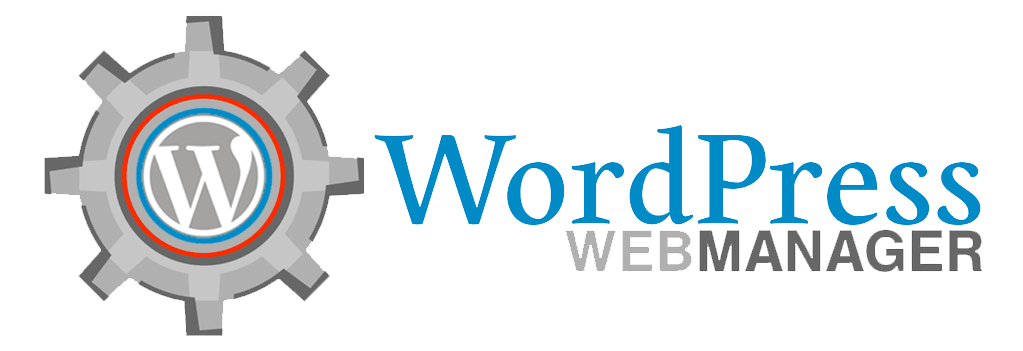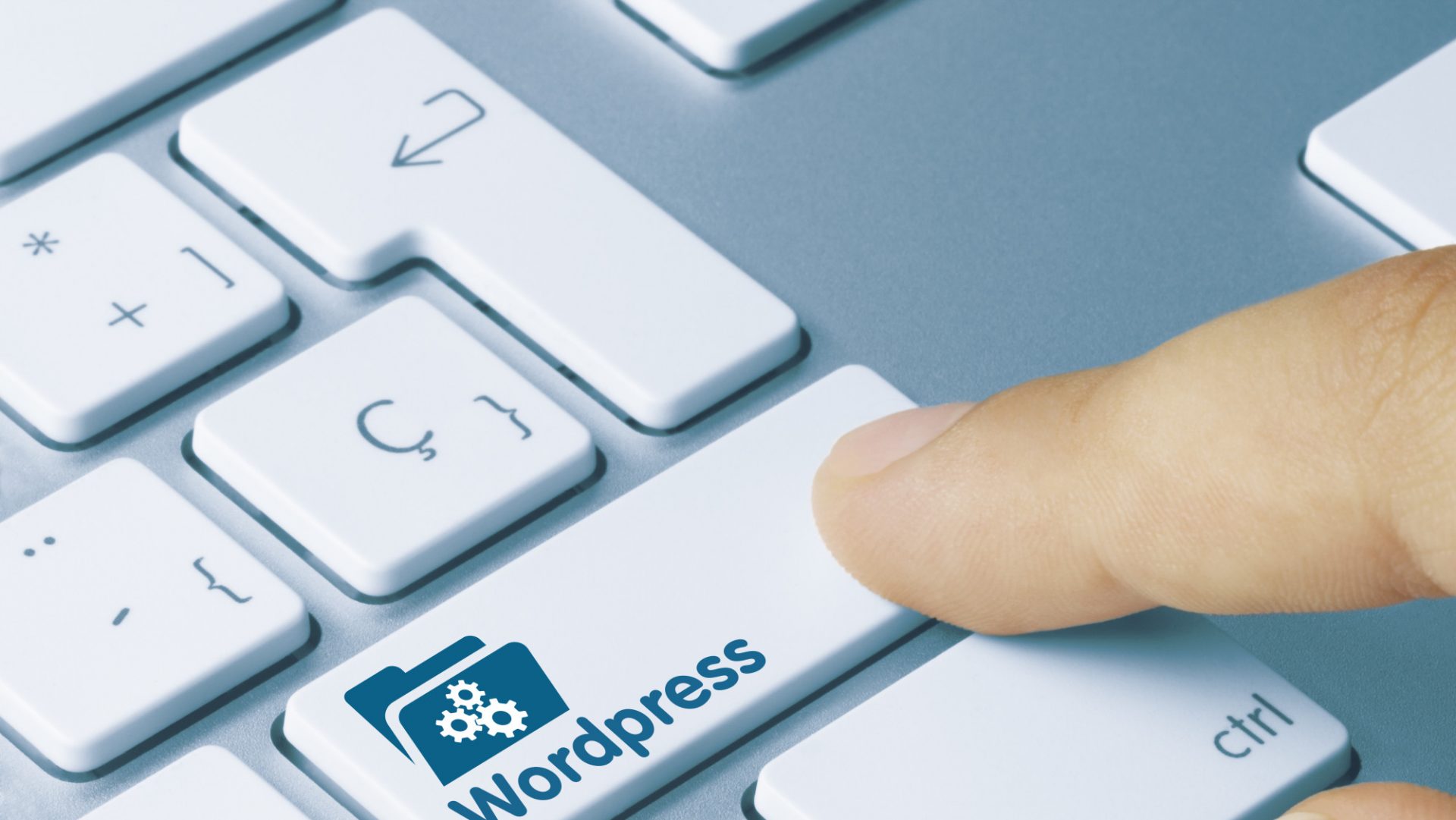WordPress Updates is important considerations for any webmaster. WordPress is an extremely popular blogging platform. As a result, hundreds if not thousands of WordPress Plugins have been created over time. All of these WordPress Plugins can add functionality to WordPress however, many times the WordPress core itself is updated to cause breakages in your WordPress update WordPress processes.

WordPress Updates is simply changes in the WordPress core code that operate WordPress functionality. The technical term WordPress updates means WordPress minor or major releases. Major releases of WordPress are designed to add new features and functions, as well as fix any bugs or issues that may exist in WordPress.
There are two primary ways that you can perform your WordPress Update manually. One way is to enable automatic updates with your WordPress Admin dashboard. If you have a WordPress Post, then you can go to your WordPress Administration area and click on the “All In One WordPress Plugin” located at the bottom left corner of the screen. This will enable automatic updates to the WordPress database. If you do not have a WordPress Post, then here is how you do it:
Open your WordPress administration area and locate your plugins manager. Once you have found your plugins manager, click on the Updates tab. Under “Updates” there are two choices; Manually and Automatically. If you choose to enable automatic WordPress updates, then the WordPress update WordPress plugins manager will open.
Once you have found your WordPress plugins manager, click on the Update button. This will update your WordPress plug-ins. Depending on which plugins you have installed, this may require you to click on “Search All Plugins”, “Search in Latest Version” or “Search in File”. Once you have selected your plugins, you will be given an option to choose when to update WordPress.
Now that you have chosen which type of WordPress update to use, you will need to click the Update Now button. WordPress will now search for any newer updates to this plugin and download them for updating. You may find that some of your plugins will not be updated automatically until you run the update WordPress plug-in again. This is alright; you can disable the WordPress update WordPress plugin to allow the default WordPress functions to update your plugins when you want them to.
After you have run the WordPress update WordPress plug-in, you will need to log on to your WordPress site. WordPress will update all of your themes and plug-ins. Once you are at the plug-in menu, you will need to go for the Search All Plugins option. This will take you to your WordPress site and show a list of all of your current WordPress themes and all of their plugins. If there are any new WordPress versions available, they will also be listed here.
At this point, you can decide whether or not you want to install the new WordPress versions, or you can just go with your previously selected WordPress plugins manager site and ignore the new WordPress version. WordPress is a complex program that change constantly, and it is easy to get confused by all of the different settings and options. So unless you know exactly what you want to accomplish, it is best to leave WordPress alone and just perform your desired tasks from your previous WordPress site.
The next thing you need to do is to find the WordPress update button on the WordPress dashboard. Once you click this button, WordPress will then update your blog automatically. There is also a WordPress pinging tool that you can use to notify your visitors that WordPress has updated their WordPress blog. You should set up both of these options in the General Settings section of your WordPress pane. That way, you will always know when WordPress has either installed new updates or updated your blog.
Finally, you need to go to your WordPress site and check if you have WordPress versions that are out-of-date or not. On the left side of your WordPress pane, under the section called All WordPress Plugins, you will see a list of all of your WordPress versions. Click on the version that you want to update. WordPress will then download and install the latest version of the plugin manager. Once you have saved the changes, you are now ready to publish your new blog!
There are many more things that you can do when you need to update your WordPress plugin manager. For instance, some people update their WordPress security plugins first before they update the WordPress versions of their sites. WordPress also offers a “What’s New” feature that allows you to see what’s new in WordPress right away. To take full advantage of WordPress, it’s a good idea to take advantage of all the WordPress update tools that the WordPress plugin manager provides.



